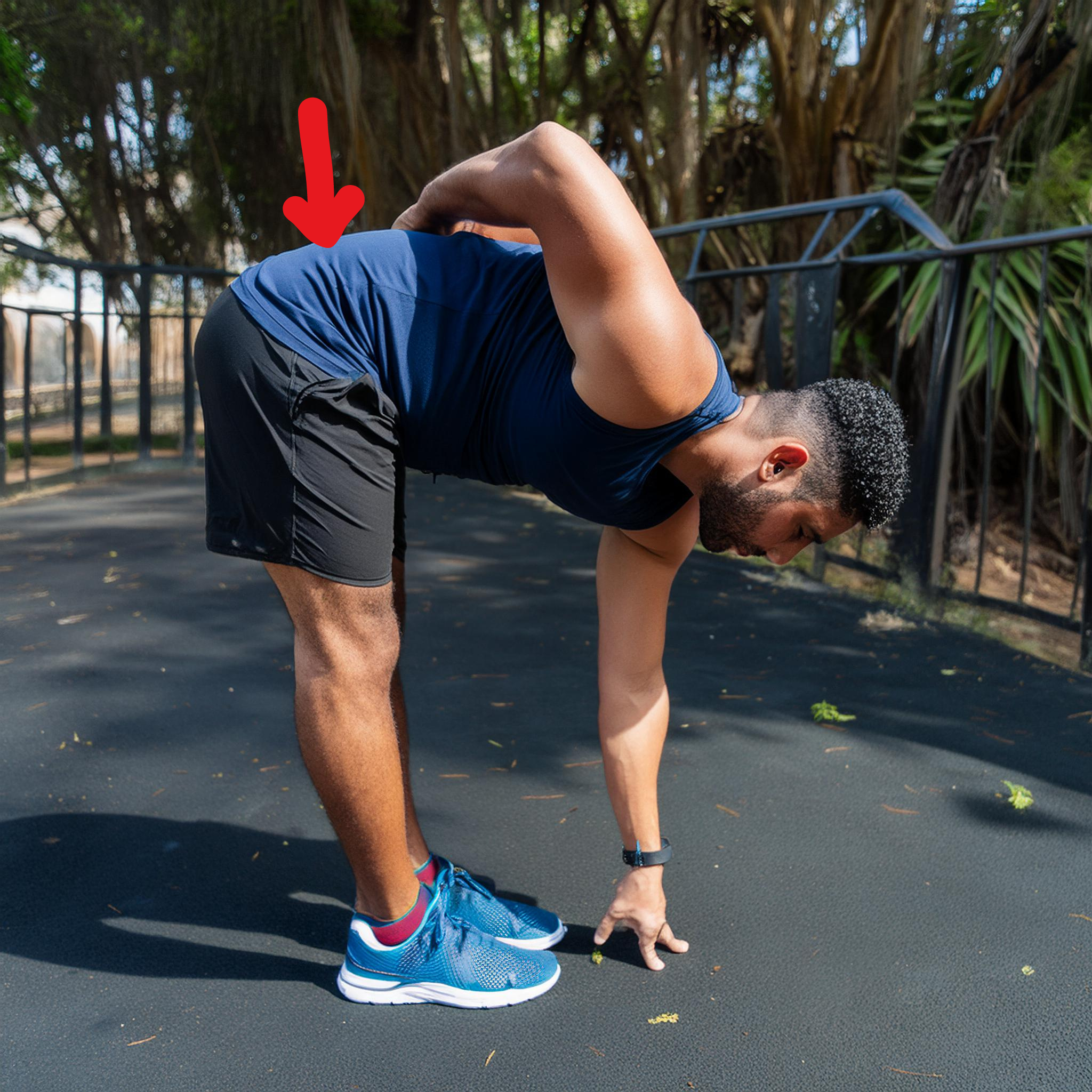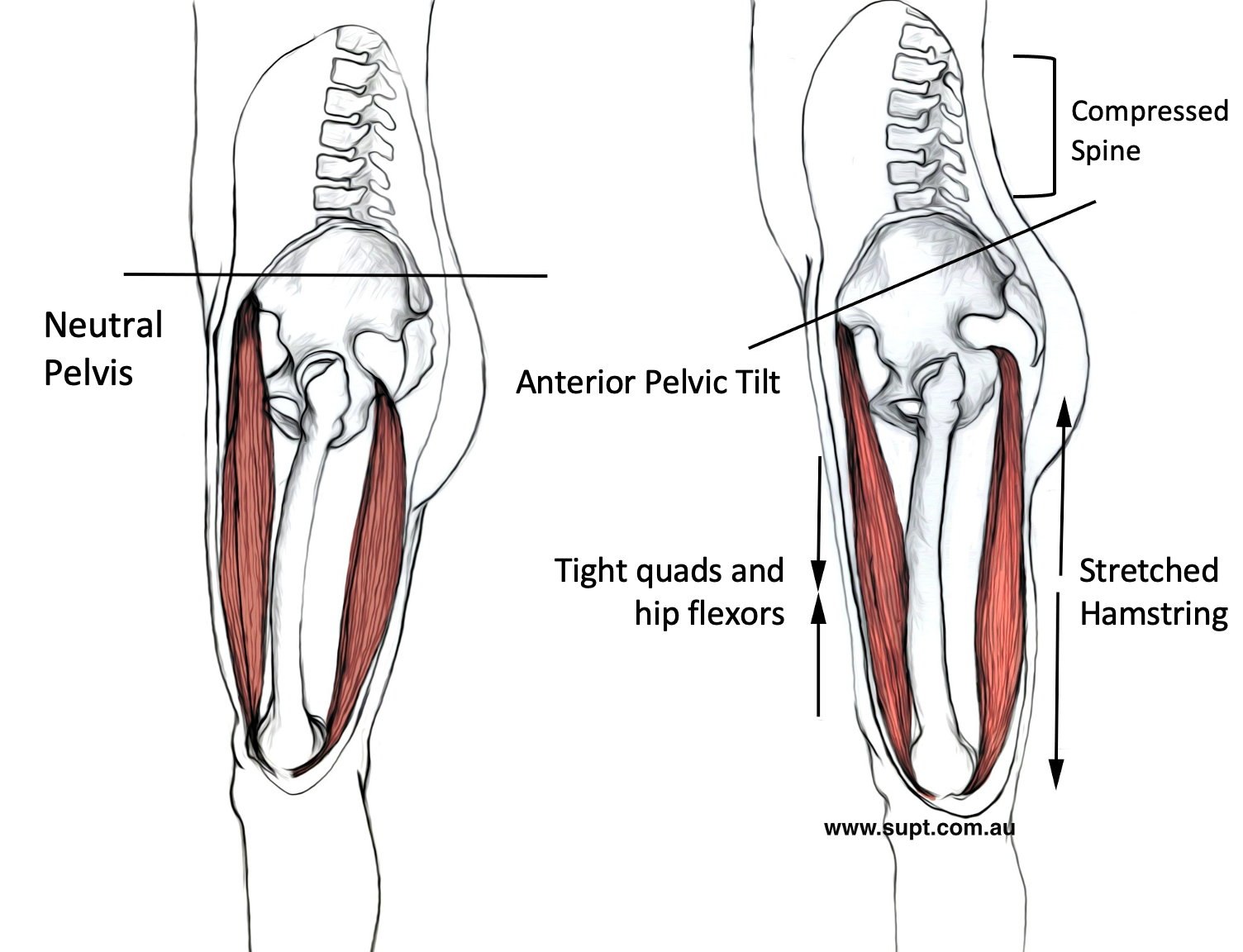Are Tight Hamstrings Causing Your Back Pain?
Let's settle this once and for all.
Are tight hamstrings causing you low back pain?
Maybe.
Low Back Pain can be related to hamstring tightness but hamstring tightness is usually NOT the reason why you suffer from irritating and chronic low back pain.
Should you stretch your hamstrings to relieve back pain?
No.
Here's where you might be thinking: "Why not? every time I stretch my hamstrings my back pain goes away".
This can be true. Stretching your hamstrings can relieve the pain, but it’s merely a short term solution - a very short term solution. Does the pain go away for good after stretching? Or do you find yourself stretching your hamstrings many times throughout the day constantly chasing relief? If so, that mean’s stretching your hamstrings is not a long term fix.
So why does this happen? Why does stretching relief low back pain, only to have it creep back up on you? Are tight hamstrings the problem?
Research shows that bending over to stretch your low back and hamstrings can temporarily relieve low back pain. But doing so puts your lower back in an even weaker state. Think about it, your core muscles are meant to stabilize your spine under load. When you stretch it, those muscles feel “more loose” which actually destabilizes your spine, but in turn provides relief. Since this does not address the route cause of the problem, your low back slowly goes back to it’s tight and painful state.
We've gotta look at the anatomy here to really get to the bottom of this one.
More specifically we're going to look at the pelvis and how it relates to the low back, abdominals, hip flexors, glutes and hamstrings.
How do these all play a role in low back pain? Keep reading and you'll find out.
Pelvic Posture
Your posture is supposed to look something like the neutral pelvis pictured on the left. It shows a balance pelvic position and the muscles acting on the pelvis are in neutral, safe and strong positions.
Image from www.bodyworkatc.com
Extension Intolerant back pain is prominent in people who have excessive anterior pelvic tilt (APT). Pictured on the right.
When your abs are too weak or inactive, they lengthen. This leads to your hip flexors taking over and fulfilling a job it's not meant for. This job is hip flexion. This forces your hip flexors to contract too much and become overactive balls of tightness that are in dire need of stretch relief..
Your tight hip flexors are what pulls the pelvis into this APT posture.
These tight hip flexors have an impact on the back side (posterior) too.
When your pelvis is in excessive APT we tend to see something called "Gluteal Amnesia". Gluteal Amnesia is when your glutes become stretched to the point where your nervous system can't engage them effectively anymore. When this happens, your glutes are less likely to activate and work sufficiently in order to produce the movements they’re meant to be involved in. This is a recipe for low back disaster.
Why?
Because your glutes are big muscles that take load off of the low back when engaged properly. With gluteal amnesia, most of the load is shifted from the glutes to the low back.
This APT also forces your hamstrings into a really tight position. This is where things finally come together. The hamstrings are tight in the opposite way that the hip flexors are considered “tight”. The hip flexors are tight because they’re in a hyper-contracted state. The hamstrings however are tight because they’re literally being pulled at both ends constantly (knee joint and hip joint). The low back tightness, weak core, overacting hip flexors all contribute to the anterior pelvic tilt that pulls your hamstrings upwards thus lengthening and tightening them to a large degree.
We don’t need them to get “loose” by stretching them even further. We need to decrease the stress on them so they can get back to a regular length and tension.
An old school doctor, chiropractor or trainer might recommend that you stretch your hamstring for low back pain relief. I'm sure you've done it and noticed it's immediate pain relief.
The issue here is that your hamstrings are already tight as hell. You do not need to stretch them even more!
What you do need instead is listed below:
How to relieve LBP long term:
Fixing your Anterior Pelvic Tilt can help provide relief as there will be less natural stress on your lumbar spine.
We do this by:
Stretching/releasing the hip flexors
Activating and strengthening the abdominal muscles
Activating and strengthening the glutes
Leaving your hamstrings alone, don’t over stretch them
Stretching and releasing the Hip Flexors
There are 3 simple ways to do this. Static stretching holds (temporary relieve, slightly effective at increasing ROM), Dynamic stretching holds (better for strength and can help improve movement pattern) and PNF Stretch (best and can be part of the long term solution so you don’t have to stretch every day for relief).
Here are some stretches that we recommend to help treat APT and tight feeling low back/hamstrings:
Activating and strengthening the Abdominals
There are so many ways to do this. However, my preference is to select core exercises that keep your lower back neutral. That’s because doing crunches and sit ups are actively shortening the hip flexors. The LAST thing we need is to make them even tighter, pulling on the pelvis more. I prefer the Active Leg Raises because your hip flexors lengthen as you lower your leg. At the same time, it forces your abs to work more than your hip flexors by keep your lumbar spine in a neutral position.
Here are some great exercises to help:
Activating and Strengthening the Glutes
The Glutes play a huge role in anterior pelvic tilt and tight hamstrings. If the glutes are not firing properly, external loads will be taken by the low back and hamstrings. The hamstrings tighten up to hold that load. We use 2 types of glute exercises to help strengthen them.
Hip Extension - We prefer hip thrust or glute bridge variations. Anything from Dumbbell to Barbell to Bands, Bilateral or Unilateral. Whatever you see fit.
External rotation and stability of the leg - we use external rotation exercises such a lateral band walks, monster walks and glute clams. By focusing on external rotation we help stabilize the leg and hip (can even help knee issues by helping the IT Band track better) and relieve tension from the hamstrings and lower back.
Next time your back and hamstrings are “tight” do yourself a favour and do some quick mobility drills. You’ll feel better in no time and you’re making things better at the same time!


